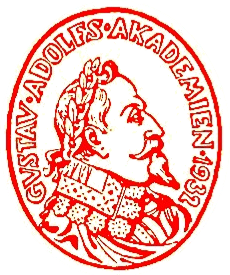Týr and Viðarr
Equinox, Wolves and Old Norse Celestial Traditions
DOI:
https://doi.org/10.61897/arv.v80i.44671Keywords:
Old Norse mythology, Týr, Viðarr, Zeús, the firmament, parhelia, Hyades, TýsnesAbstract
In this article I re-examine the information that we have about the Old Norse and Germanic god Týr. The latest research concludes that, even if the name Týr indicates that he had a connection with the sun and the firmament, this must reflect a period much earlier than our sources. I go against this view and argue that the connection was there in Scandinavia until the Late Iron Age, at least in Denmark. Týr has a clear connection with the sun through the myth where he secures the gods’ binding of the Fenrir wolf, because this motif is linked to the myth about the wolves that chase the sun across the sky. Týr prevents the wolf from swallowing the sun before Rag-narǫk. I take a closer look at this myth in the Old Norse texts and the atmospheric phenomenon that we believe it derives from, namely parhelion. I also consider the sun phenomenon at Tysnes in Western Norway, which is the only certain Týr place name in Norway, and I moreover consid-er the link to Mars that is indicated by the overlapping weekday names týsdagr – Martis dies, the association between Mars and spring equinox, and the names of the constellations Ulfskjǫptr, ‘Wolf’s Jaws’, and Ásar bardagi, ‘the God’s Battle’. I conclude that Týr’s function is to defend the sun and the division of the year. As part of the interpretation, I launch a new suggestion regarding the god Viðarr’s origin and function. I argue that he derives from the idea that the sun reaches safety from the wolves when it sets til varna viðar, ‘into the safety of the forest, viðr’. The discussion provides arguments that lend some strength to Gísli Sigurðsson’s suggestion that we should see the Old Norse gods as directly associated with the firmament.
Downloads
Published
How to Cite
Issue
Section
License
In Volume 81 and subsequent volumes, authors of content published in ARV retain copyright to their works and articles are published under the terms of a Creative Commons CC BY license.
Content in Volumes 1 – 80 was published without a Creative Commons license, and the copyright for this content is held by Kgl. Gustav Adolfs Akademien.
View the journal's full Open Access Policy.



